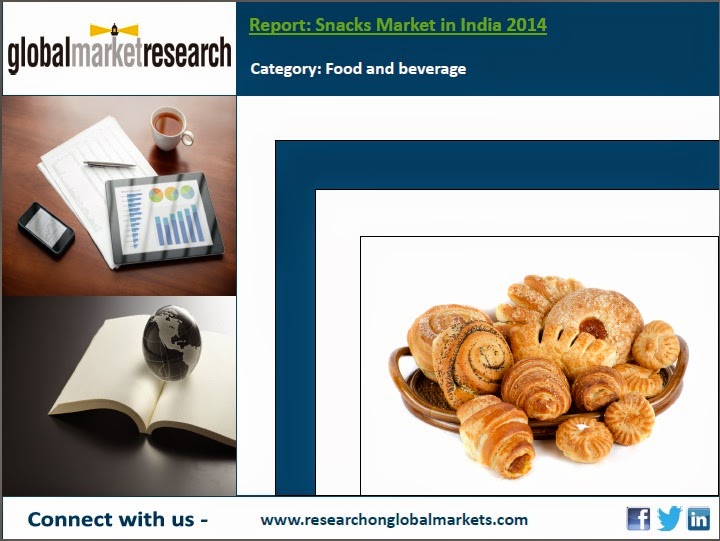Defense Business Confidence Report
Q1 2014 is a new report by Strategic Defence Intelligence that globally
analyzes industry opinions on the latest economic and customer issues, and
their impact on investment decisions and growth prospects within the defense
industry. This report also examines executive opinion about the current and
future state of the economy and its retrospective effect on the industry.
Furthermore, it analyzes the likely effect of supplier price changes, sales
performance, and staff headcount within the industry over the next six months.
In addition, it provides an overview of the key priorities, threats, and
opportunities for the global defense industry over the next six months.
Moreover, this report provides a comparative analysis of survey results with Q4
2013 wherever applicable.
Introduction and Landscape
* Why was the report written?
- This report is the result of an
extensive survey drawn from Strategic Defence Intelligence's exclusive panel of
leading global defense industry executives. The report analyzes current
economic conditions prevailing across the globe and their impact on the defense
industry, and forecasts the company and industry growth prospects over the next
six months. Furthermore, it provides information about the impact of customer
confidence, supplier prices, and staff headcount likely to affect investment
decisions in the industry over the next six months. Moreover, this report
provides a comparative analysis of survey results with Q4 2013 wherever
applicable.
* What is the current market
landscape and what is changing?
- Overall, 59% and 51% of
respondents expressed a positive outlook for both company and industry growth
prospects over the next six months, respectively.
* What are the key drivers behind
recent market changes?
- 'Improving operational
efficiency', 'customer retention', and 'increasing sales' are the most
preferred priorities by industry executives operating globally.
* What makes this report unique and
essential to read?
- Defense Business Confidence Report
Q1 2014 is a new report by Strategic Defence Intelligence that analyzes the
industry sentiments globally on the latest economic and customer issues, and
their impact on investment decisions and growth prospects within the defense
industry. This report also examines the executive opinion about current and
future state of the economy and its retrospective effect on the industry.
Furthermore, it analyzes the likely effect of supplier price changes, sales
performance, and staff headcount within the industry over the next six months.
In addition, it provides an overview of the key priorities, threats, and
opportunities for the global defense industry over the next six months.
Moreover, this report provides a comparative analysis of survey results with Q4
2013 wherever applicable.
Key Features and Benefits
* The report projects the current
and future operating conditions of the defense industry, and allows readers to
make informed business decisions.
* The report drives revenues by
understanding the present and future economic and consumer issues including key
growth regions.
* Readers will be provided with a
clear uncovering of the key challenges and opportunities, and identify the key
priorities likely to affect the industry's growth prospects.
* The report clearly forecasts the
change in supplier prices of various products, which are likely to influence
the industry's growth prospects over the next six months.
* Identifies the major changes in
customer confidence levels in the defense industry over the next six months.
Key Market Issues
* Economic conditions are expected
to be more favorable in Africa and Australasia in Q1 2014 compared to Q4 2013.
* A decrease in buyers' confidence
and uneven market conditions in North America remain key concerns for
executives operating in Asia-Pacific region
* Executives are less pessimistic
about company and industry growth prospects in Q1 2014 compared to Q4 2013.
* Customer retention and increasing
sales are the most preferred priorities for defense industry executives
operating in North America and Europe.
* The cost of power and energy is
anticipated to increase by an average of 4.6% in Q1 2014.
Key Highlights
* Executives expect staff head count
to rise marginally in Europe, Asia-Pacific, and the Rest of the World over the
next six months, with the highest average increase (3.6%) projected in the Rest
of the World.
* Executives operating in Europe,
Asia-Pacific, and the Rest of the World expect the biggest increase in sales
growth over the next six months.
* On-going slow recovery in the
global economy is the biggest concern among defense industry players in Q1
2014.
* Across the globe, expenditure forecasts
for NPD and social media strategy peaked in Q1 2014 compared to Q4 2013.
* Globally, improving operational
efficiency and responding to government legislation are the key priorities
among defense industry executives operating in the Rest of the World.
To order this report:
Email: customerservice@researchonglobalmarkets.com
US:
+1 800 986 6819
UK: +44 203 514 2363
India: +91 22 4098 7600
SOURCE: Researchonglobalmarkets.com
RELATED LINK:
RELATED VIDEO:






